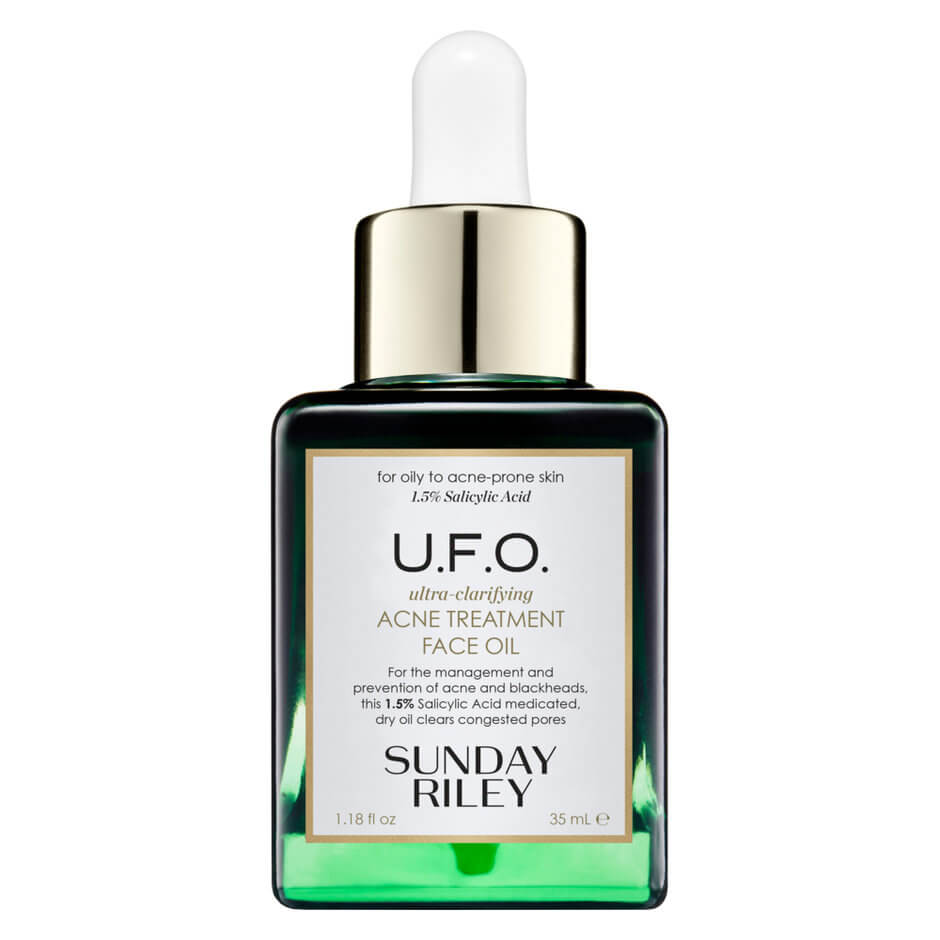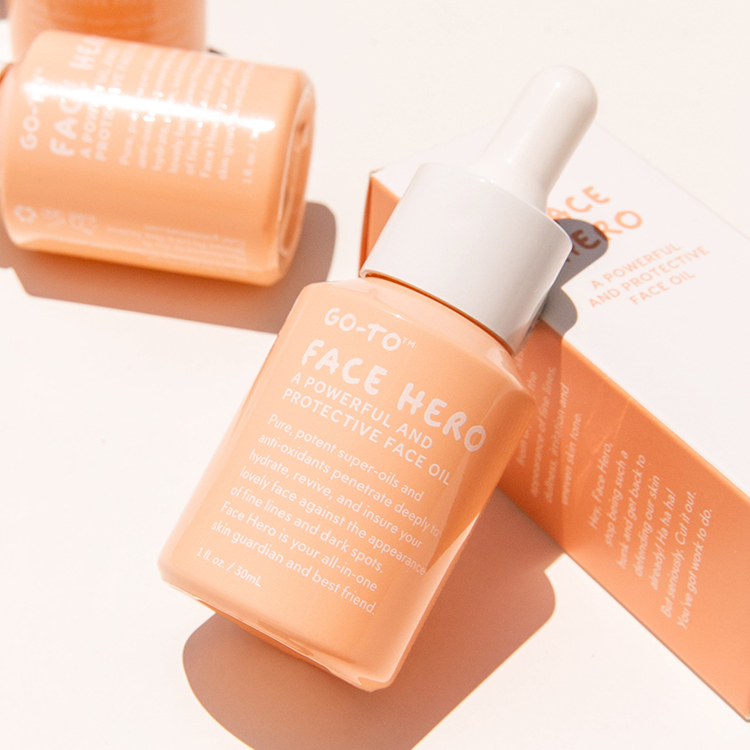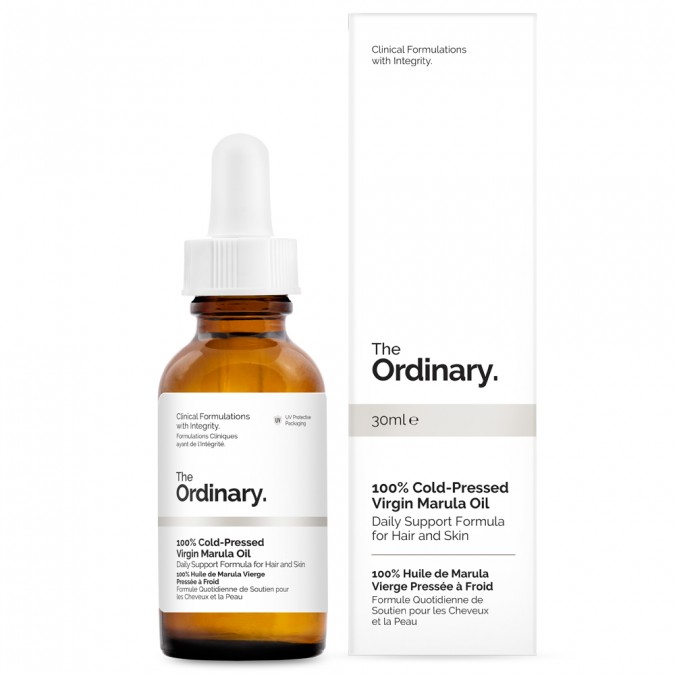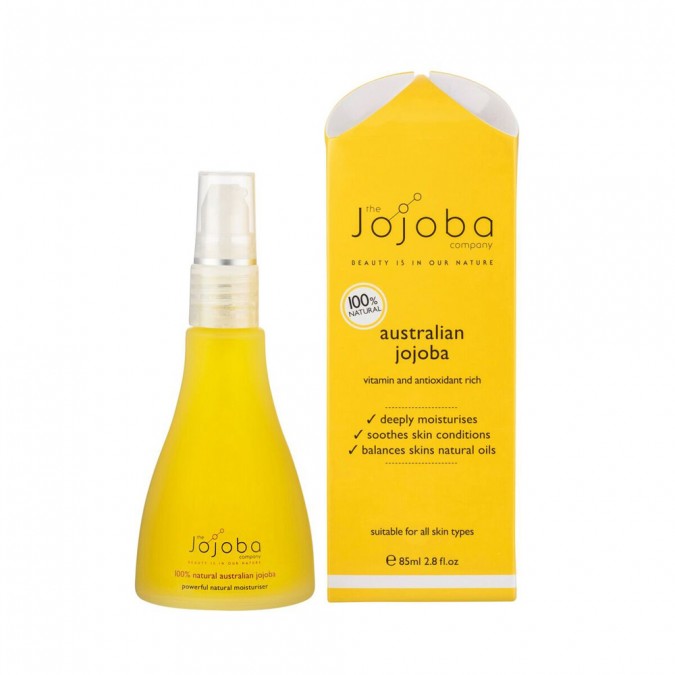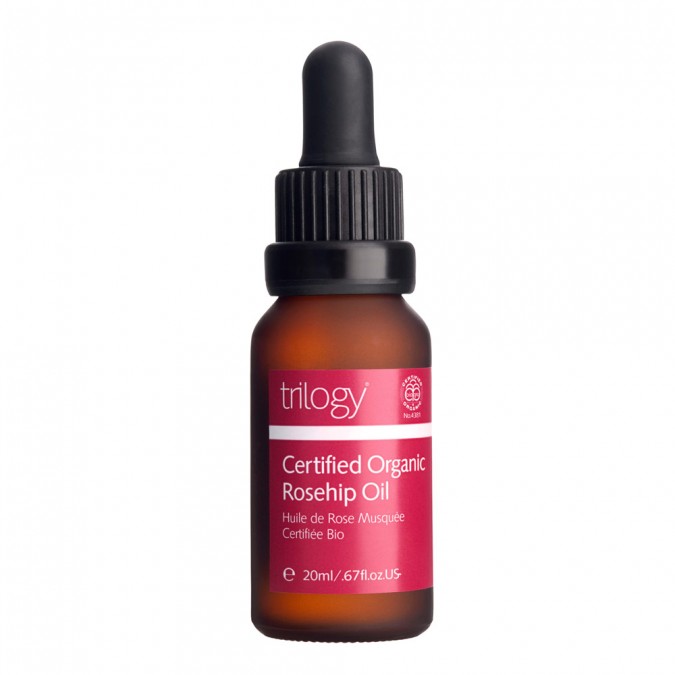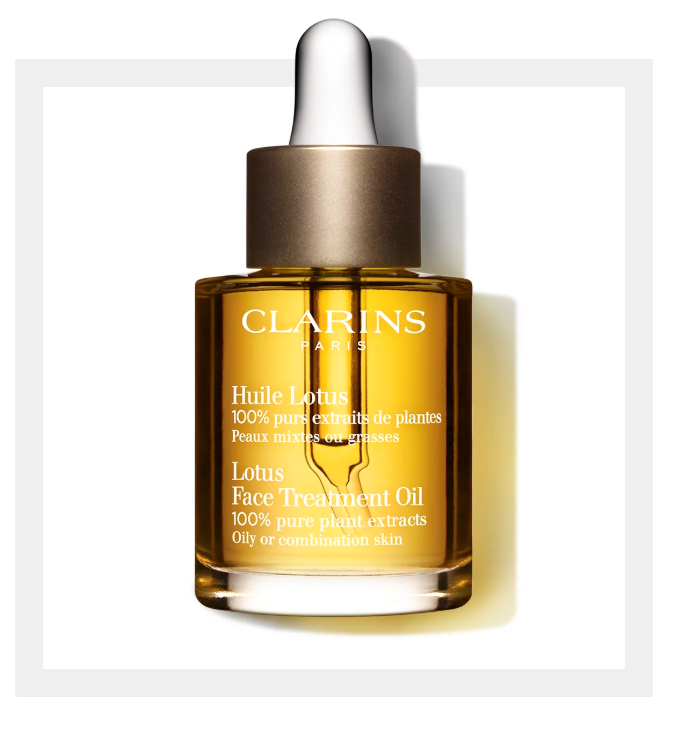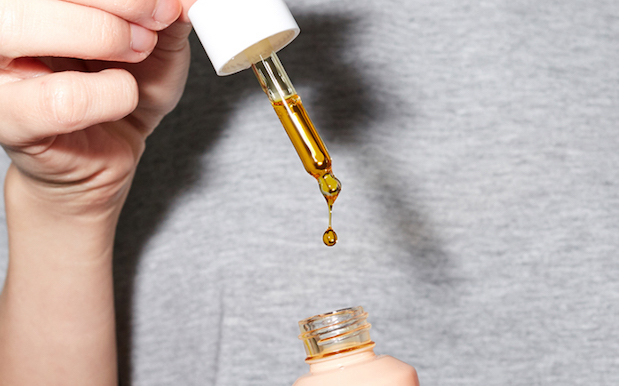
It feels like every goddamn day there’s a new product we’re meant to be incorporating into our skincare routine. This is great in some ways – it means there’s a solution for pretty much everyone out there, if you try enough stuff. It can also be bloody overwhelming. With so much innovation coming through, one product that’s stuck around and has skin experts singing it’s praises is the face oil.
[jwplayer wqe0X5mC]
Face oils have been on the market for years now. And while it might seem weird to put oil on your skin given we spent our formative teen years trying to dry the hell out of it, face oils when used correctly can help everyone – yep, even people prone to breakouts.
“Our skin cells simply function properly when well hydrated. Facial oils are that extra step in your routine to ensure your skin is well hydrated, regulated and balanced,” explains facialist Diandra Politano.
In short, face oil can help your skin do it’s thing better, meaning less pimples, less dry patches and that glow-factor we’re all constantly seeking. The reason for this is, our skin needs oil to function, but for loads of people – even those prone to breakouts – their oil production isn’t regular. So adding in a face oil can help nourish the surface of your skin, keeping it moisturised if your skin doesn’t pump out enough naturally (dry skin types) or balanced if it goes into overdrive (many breakout-prone skin types).
They also have heaps of good stuff in them these days.
“Oils are concentrated and packed with vitamins, amino acids and anti-oxidants that restore and protect the skins barrier function. The right one can regulate your skin’s oil production. Some oils even contain anti-inflammatory, anti-bacterial and soothing compounds.”
OK, cool – but how do you use them?
Using a face oil incorrectly can lead to the dreaded shiny finish. You only need a few drops, warmed between your fingers and patted onto your skin.
“Skincare products are best applied from thinnest to thickest. Use an oil last, unless you are applying a sunscreen,” says Diandra.
“Oily skin types can use an oil as a stand-alone product at night or add a few drops into a moisturiser. For very dry skin, apply your active serum, let that absorb, then use your oil on top of your moisturiser. Generally, most are OK for dry skin. For breakouts go for oils with ingredients like jojoba, geranium or tea tree.”
They’re also the kind of product you have to do a bit of trial-and-error with.
“If you are using the right oil the right way, it should feel good on your skin. Your skin texture will dramatically change and feel softer, It should not feel too oily or greasy. Our skin is really smart and will show you what it wants. Everyone is very different, some may be able to use oil twice a day and some only a few times a week. Get in touch with your skin while using an oil and play around with the application to suit you.”
So which one to get? Diandra loves these two:
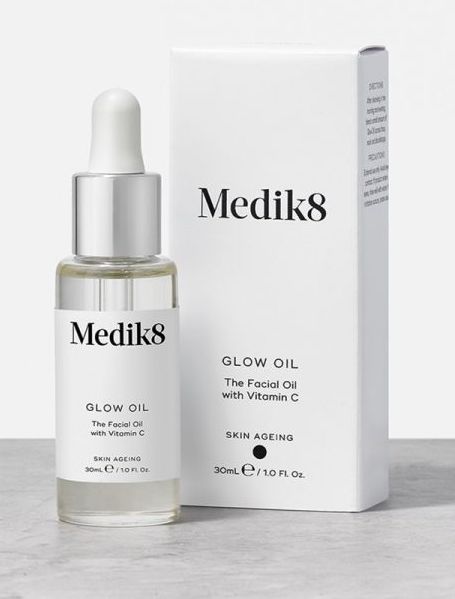

For me, I’ve found Jojoba oil is great when my skin is being extra irritated – it’s allegedly the most like your natural skin oils, hence why it works for most people. Rosehip and Argan oils are still favourites of mine when my skin needs extra nourishment, and in terms of oil cocktails – Go-To’s is great. I’ve also thrown a few in that have rave reviews for oily skin types.
